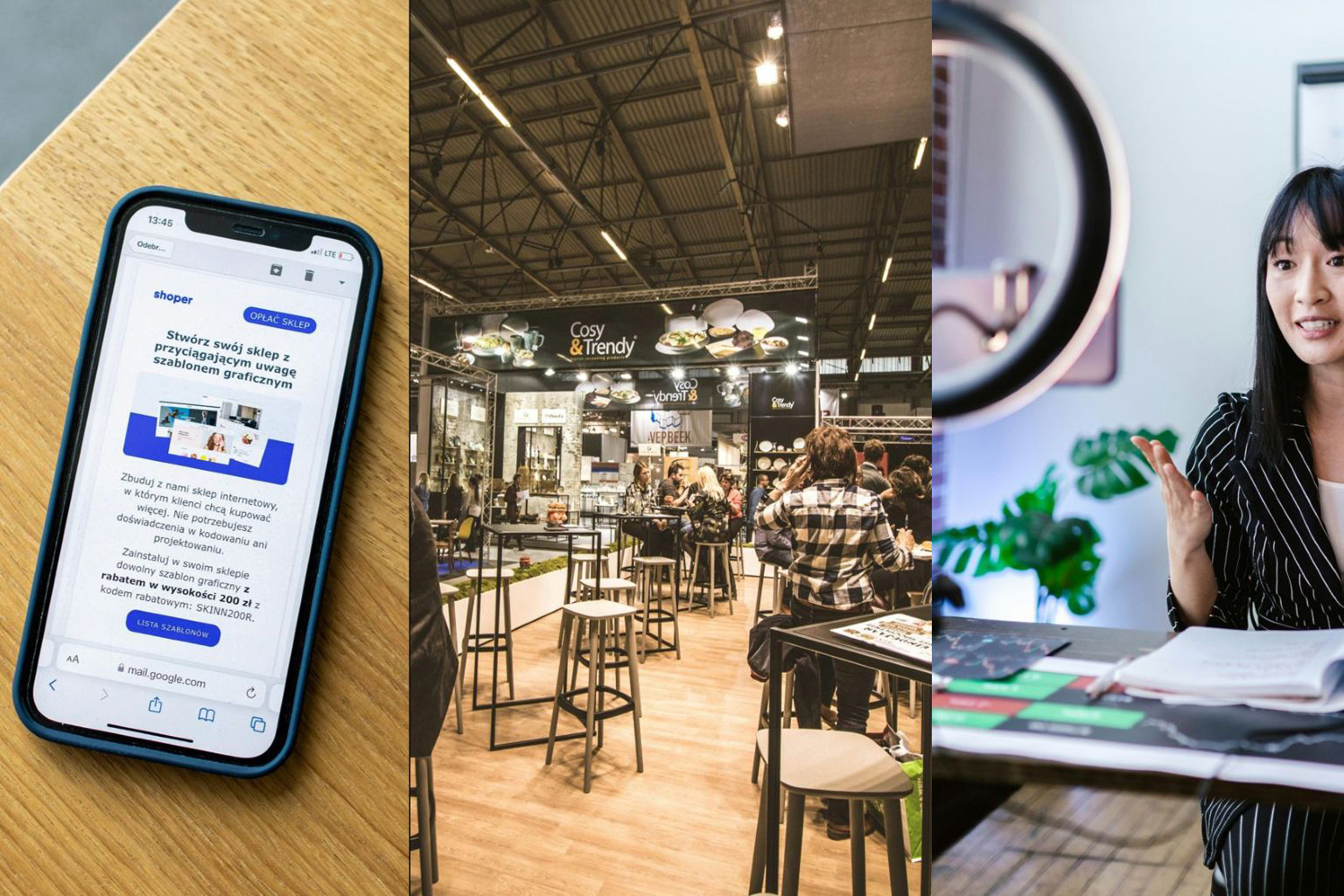
When your marketing feels scattered, your customers feel it too. One campaign on social media, another at a trade show, and a separate email sequence with no real connection—this is what fragmented marketing looks like. And it’s not working.
Winning with omnichannel marketing means creating a unified customer experience across all the ways your audience interacts with your brand. Whether it’s face-to-face at a booth or in their feed through an influencer they trust, every message supports the next. It’s not about being everywhere, it’s about being consistent everywhere.
An omnichannel marketing strategy connects all your marketing efforts into one cohesive customer journey. It’s not the same as multichannel marketing, where each platform runs independently. Omnichannel ensures that every touchpoint, online and offline, works together to guide the customer toward a goal.
This means:
In short, omnichannel is about relevance, timing, and continuity. Brands that get this right make the experience feel personal, even when it’s automated.
Trade shows might sound old-school, but they’re still powerful tools for building credibility and trust. They enable direct interaction with buyers, retailers, and the press - people who want to experience your product firsthand.
In an omnichannel strategy, trade shows serve a few key purposes:
QR codes on booth signage can link directly to custom landing pages or influencer-generated content. The connections don’t stop when the event ends. When your follow-up emails reference conversations from your booth and reinforce them with social proof, it tells people your brand is paying attention.
Trade shows also provide you with something that most digital channels can’t - immediate feedback. You hear objections, questions, and product praises in real time, and that input can inform the rest of your campaign strategy.
Influencers are more than brand promoters. When chosen well, they become extension points of your omnichannel voice.
Here’s how to integrate them effectively:
This isn’t just about likes. It’s about influence in the full sense of the word, trust, attention, and behavioral cues. People follow influencers they relate to, and when those influencers echo your brand’s message, your campaigns feel human, not corporate.
Whether you're working with nano influencers for authenticity or macro voices for reach, the key is integration. Influencer content should look and feel like it belongs in the same ecosystem as your trade show booth and your retargeting ad.
Let’s look at real brands that are winning with omnichannel strategies:
Rimmel London launched its Thrill Seeker mascara with a campaign that ran across TikTok, Instagram, Facebook, TV, digital billboards, and retail stores. Their influencer, Olivia Neill, played a key role in leading the campaign, resulting in a 300% increase in sales compared to their average product launches. The mascara sold out seven times in a row1.
A major U.S. fashion retailer created an ambassador program that combined in-store associates with micro-influencers, who promoted the brand both online and in person. The result? A 168% ROI and 74% of influencer-driven purchases happening in-store2.
Lay’s China developed an omnichannel strategy for its “Find Your Flavor” campaign. Utilizing Douyin (TikTok), key opinion leaders (KOLs), and user-generated challenges, they successfully connected with over 200 million young migrant workers. The campaign blended storytelling, physical product launches, and digital amplification for major impact3.
These aren’t isolated wins. They show that when you align your channels and unify your message, your marketing delivers.
You don’t need a massive budget to make omnichannel marketing work. You need a clear message, channel alignment, and a system that connects the dots.
Here’s how to make it easier:
The more unified your presence, the more confident your customer becomes in choosing you.
Want help making your strategy work across channels? Reach out today to talk through your next move.
For more strategies and trends, check out our other blog posts.
1 Rimmel London Omnichannel Influencer Campaign
2 Fashion Retailer Case Study – Later.com
3 Lay’s “Find Your Flavor” Campaign – MMA Global